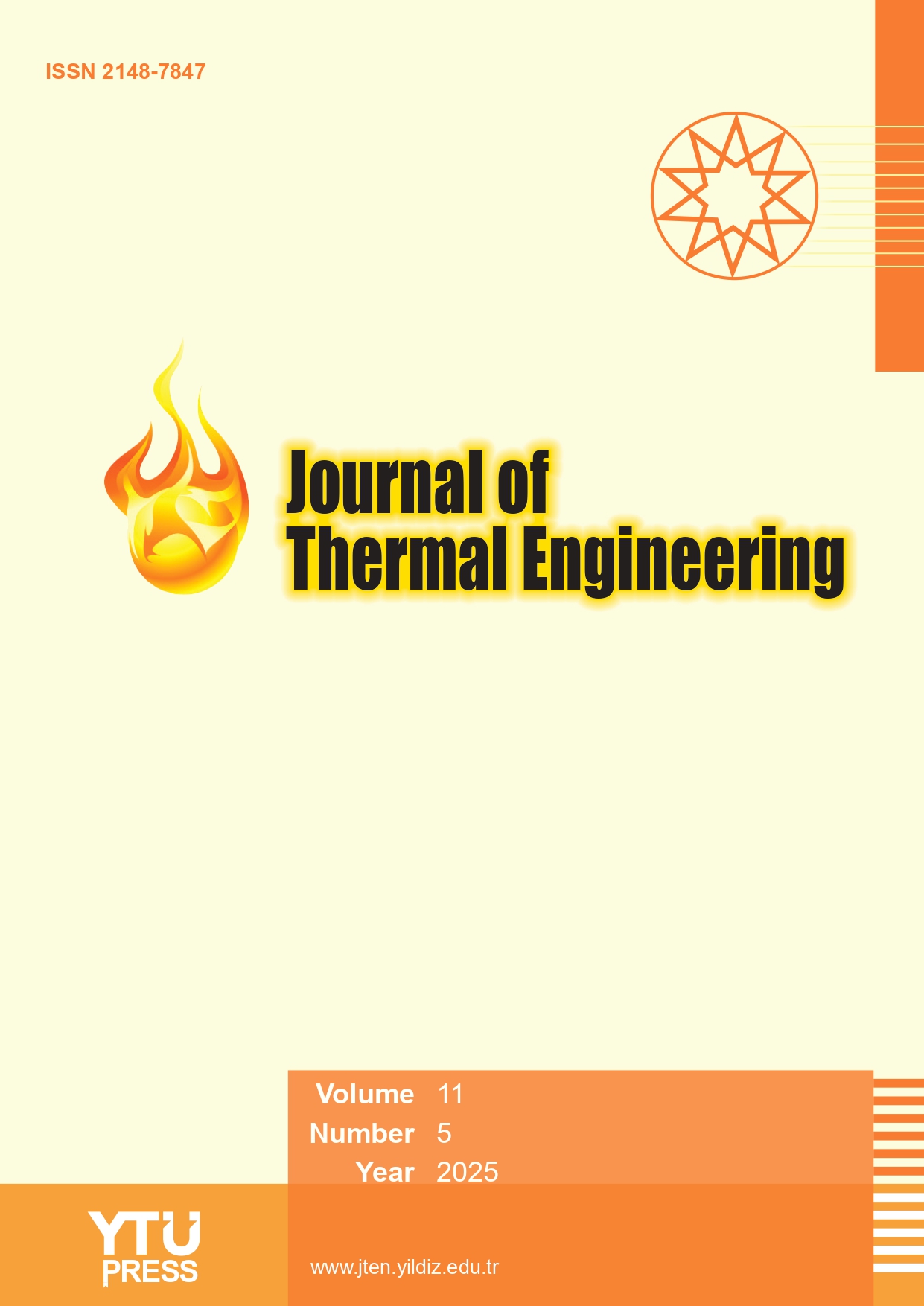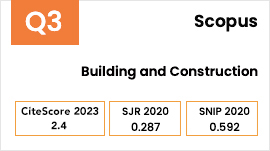2Department of Mechanical Engineering, New Prince Shri Bhavani College of Engineering and Technology, Chennai, Tamilnadu, 600073, India
3
Abstract
This study evaluates the performance of three solar still configurations: the conventional solar still, the pyramid solar still with fins, and the pyramid solar still with fins covered in black cotton cloth. The variation in absorber plate, glass plate, water temperature, and the quantum of water collected in the attempted configurations was determined at identical conditions. Of the three solar still configurations, the pyramid shaped solar still having fins covered with a black cloth exhibited better efficiency and produced 3.7 liters of potable water. The pyramid shaped solar still having fins closely follows with a water production of three liters. The supe-rior performance is due to the better heat absorption and heat transfer following the enhanced area and the capillary effect of the black cloth. In addition, a deep neural network model with better accuracy, having an R² value of 0.96, was created in the Python environment to predict the glass, absorber, and water temperatures along with the water collected. The novel integra-tion of experimental and artificial intelligence in the optimization of solar still provides room for potential seawater-to-potable-water conversion and is suitable for remote or hilly areas.






















